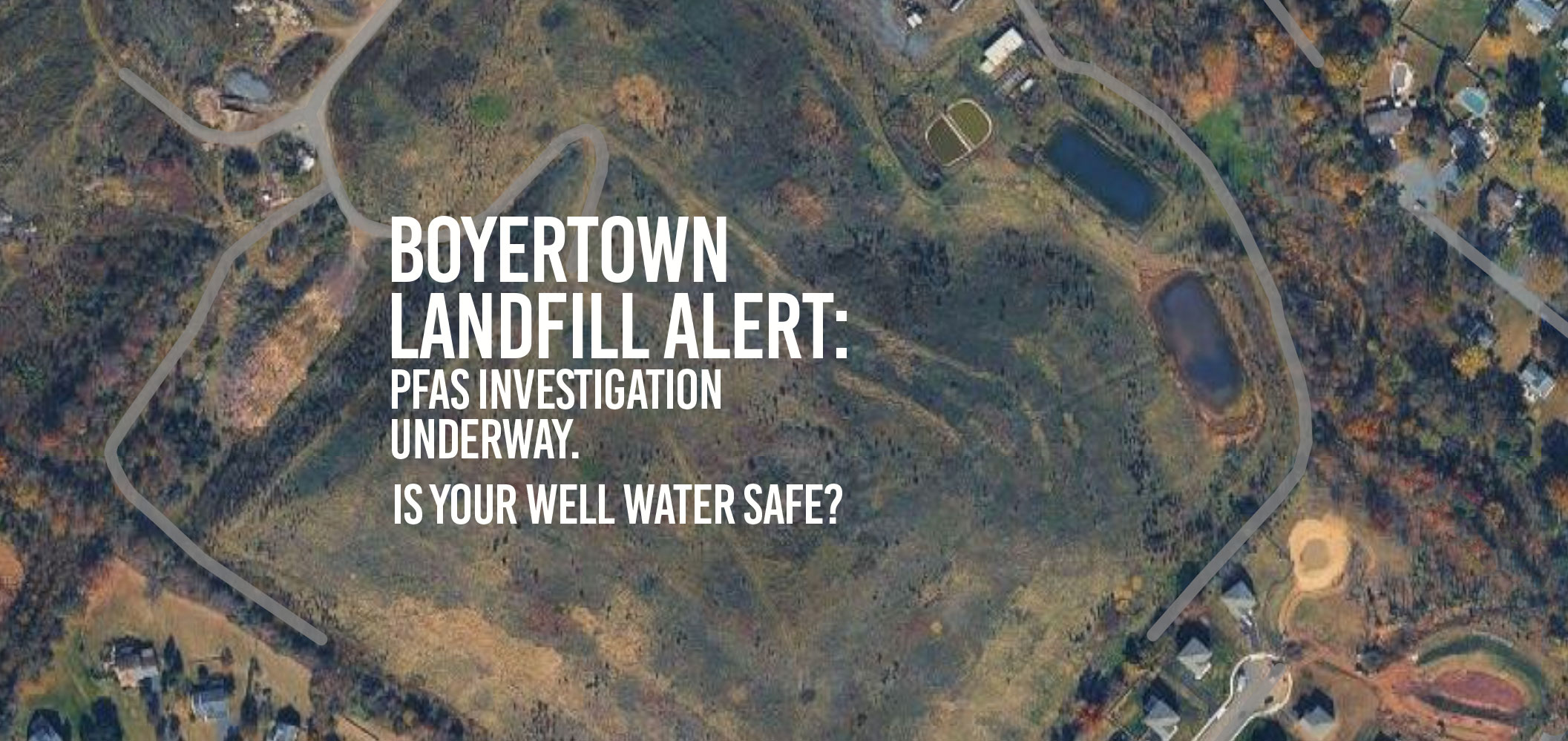A Fright You Can Taste
You take a sip of what should be crystal-clear tap water… and it tastes like blood.
It’s not your imagination, and it’s not something to ignore. That metallic flavor is often a sign that iron, copper, or other minerals are making their way into your water. While it might sound like a scene from a horror movie, the fix is surprisingly easy once you know what’s behind it.
At Dierolf Plumbing and Water Treatment, we’ve helped hundreds of Pennsylvania homeowners banish this spooky problem for good. Here’s what that “bloody” taste really means and what you can do about it.
The Real Monsters Behind Metallic-Tasting Water
1. Iron: The Rusty Vampire
If your water tastes like blood, iron is the most common culprit. It occurs naturally in groundwater and can also leach in from old pipes or well casings. Iron gives off a metallic or “bloody” flavor because it’s the same mineral that gives blood its color. When it oxidizes, it takes on that rusty red hue.
How it appears:
- Reddish or brown staining on sinks, tubs, or laundry
- Water that smells faintly like metal or earth
- A metallic aftertaste, especially in cold water
2. Iron Bacteria: The Slime Creature from the Well
Sometimes, bacteria join the party. Iron bacteria feed on iron and manganese, producing reddish-brown slime, strange odors, and a thick film inside pipes or tanks. Though not usually dangerous, they make water taste unpleasant and can clog plumbing over time.
What to watch for:
- Orange or oily film in toilet tanks or filters
- “Swampy” or metallic taste
- Sluggish water flow
Want to Learn More? Check out this video: Iron Bacteria in Your Water — What You Need to Know (YouTube)
3. Copper and Lead: The Hidden Ghouls in Aging Pipes
A low pH (acidic water) can corrode copper and lead pipes, leaching metals into your water. The taste can range from metallic to bitter, and long-term exposure may pose health risks, especially for children.
Warning signs:
- Blue-green stains around fixtures
- Metallic or bitter flavor that’s strongest after water sits overnight
- Older plumbing or well systems (pre-1986 homes are at higher risk)
4. Other Possible Culprits
- Manganese: Often found with iron, giving water a dark tint and bitter taste.
- Low pH: Water that’s too acidic dissolves metal from plumbing faster.
- Well contamination: Runoff, mining residues, or heavy metals can alter both color and taste.
- Hot water heaters: Sediment buildup can cause metallic flavor in hot taps only.
Why the “Blood” Taste Makes Sense
That bloody flavor isn’t just coincidence, it’s chemistry. Iron is a key component in hemoglobin, the protein that carries oxygen in our blood. When iron oxidizes in your plumbing, it releases the same metallic tang that your taste buds recognize from a small cut on your lip. Creepy, right?
The good news: it’s rarely dangerous by itself. The bad news: it’s often a warning sign that your plumbing or well system is under stress.
The Hidden Dangers of Ignoring Metallic Water
Even if the taste doesn’t bother you, the long-term effects might:
- Stained fixtures and laundry: Iron leaves permanent orange or brown marks.
- Clogged pipes or filters: Iron bacteria can reduce flow and efficiency.
- Corrosion and leaks: Acidic water eats away at metal plumbing.
- Health risks: Lead and copper exposure can cause neurological or gastrointestinal issues.
- Property value: A metallic taste or staining can fail a water test during home sale.
How to Exorcise the Problem: Step-by-Step Fixes
1. Test Your Water
The first step is always testing. A simple lab test can identify iron levels, pH balance, and any bacterial or heavy-metal contamination. Dierolf offers in-home and lab-based testing so you’ll know exactly what’s in your water.
2. Treat Based on the Results
Different “monsters” require different weapons:
| Problem | Common Cause | Recommended Solution |
| Metallic/bloody taste, red stains | Iron in well water | Water Softeneror Iron Oxidizing Filtration system |
| Slimy residue or swampy odor | Iron bacteria | Iron filtration system or chlorine injection |
| Bitter or metallic taste with blue-green stains | Copper/lead leaching | Neutralizer to raise pH |
| Heavy metal contamination | Aging pipes, run-off | Reverse osmosis or Whole-Home Filtration |
3. Maintain and Prevent
Once you fix it, don’t let it come back to haunt you:
- Schedule annual well inspections.
- Keep the area around the well clear of debris and runoff.
- Flush your system after long periods of inactivity.
- Replace filters and anodes on schedule.
- Monitor pH levels yearly to prevent pipe corrosion.
Final Word: The Taste Is a Warning
A “bloody” taste is unsettling, but it’s your water’s way of asking for help. Once you identify the cause, most fixes are straightforward and long-lasting.
At Dierolf Plumbing and Water Treatment, we help homeowners across Southeastern Pennsylvania restore clean, great-tasting water — the kind that leaves no tricks, just treats.
Schedule your complimentary water test today and enjoy water that’s safe, refreshing, and completely taste-free.
Read More
How Water Quality in Philadelphia and Its Surrounding Suburbs Impacts Your Coffee and Tea Experience
Coffee and tea lovers tend to obsess over beans, leaves, grind size, temperature, steep time, and equipment. These details matter, but they overshadow one of the most important parts of the brewing process. The water [...]



